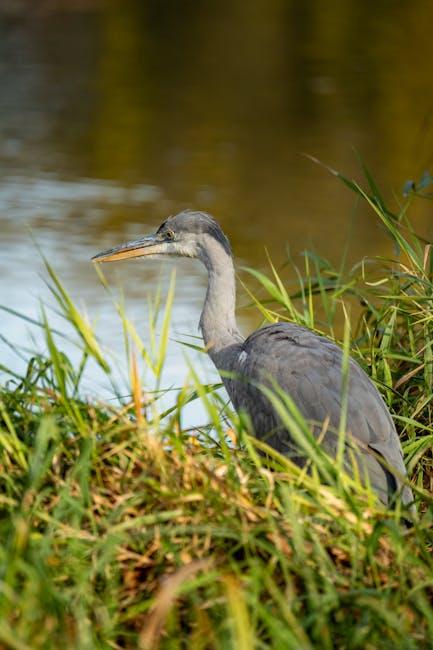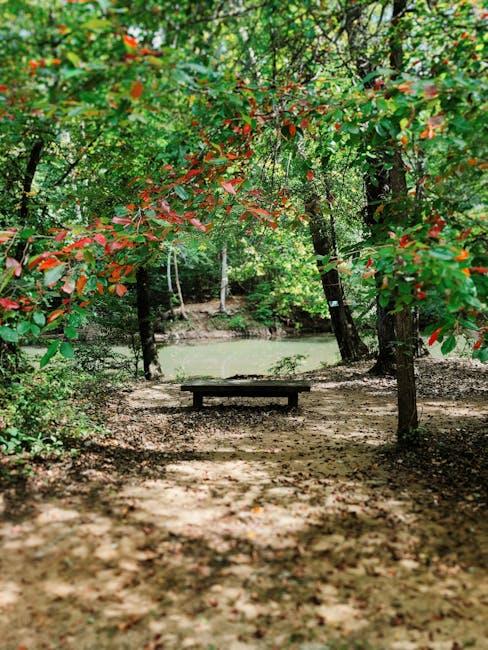In an era where environmental awareness is more crucial than ever, nature documentaries have emerged as a powerful medium to bridge the gap between humans and the natural world. These films not only captivate audiences with breathtaking visuals and compelling narratives but also educate and inspire a deeper appreciation for the planet’s diverse ecosystems and their inhabitants. For animal lovers, nature documentaries offer an unparalleled glimpse into the lives of creatures that share our world, from the depths of the ocean to the peaks of the highest mountains. This article delves into the best nature documentaries available, analyzing their unique contributions to the genre, their impact on viewers’ understanding of wildlife, and their role in fostering a sense of stewardship for the environment. By exploring these films, we aim to guide animal enthusiasts in selecting documentaries that not only entertain but also enrich their knowledge and appreciation of the animal kingdom.
Exploring the Diversity of Wildlife Through Cinematic Lenses
For those captivated by the intricate beauty of the animal kingdom, nature documentaries offer a window into the wild that is both educational and visually stunning. These films provide a platform for observing the untamed, capturing moments that often go unnoticed in the bustling human world. Among the plethora of documentaries available, a few stand out for their exceptional storytelling and breathtaking cinematography.
- Planet Earth II: This series elevates wildlife documentaries with its cutting-edge filming techniques and immersive soundscapes, taking viewers from the bustling cities to the most remote islands.
- The Blue Planet: Delve into the mysteries of the ocean with this series that explores marine life with vivid detail, unveiling the deep-sea secrets that are both wondrous and enigmatic.
- Our Planet: Narrated by Sir David Attenborough, this documentary offers a poignant look at the impact of climate change on various ecosystems, while showcasing the resilience and adaptability of the creatures within.
- Life: A comprehensive exploration of the survival strategies employed by animals and plants, revealing the sheer ingenuity of life forms adapting to their environments.
These documentaries not only entertain but also educate, emphasizing the importance of conservation and the need to protect our planet’s rich biodiversity. Through the lens of skilled filmmakers, viewers gain an appreciation for the delicate balance of life on Earth, encouraging a deeper understanding and respect for the natural world.

In-Depth Analysis of Storytelling Techniques in Nature Documentaries
The storytelling techniques employed in nature documentaries have evolved significantly, offering viewers not just information, but an immersive experience that connects them emotionally to the natural world. At the core of these techniques is the use of narrative structure, which often mirrors that of a classic story arc. This includes elements such as exposition, rising action, climax, and resolution, designed to create suspense and emotional engagement. By introducing audiences to individual animals or groups, documentaries can evoke empathy, making viewers more invested in the story. Character development is another pivotal technique, often anthropomorphizing animals to forge a deeper connection. This approach can lead to a better understanding of animal behavior and the challenges they face in their habitats.
- Visual storytelling: Cinematic techniques, such as slow-motion sequences and close-up shots, enhance the drama and beauty of wildlife, making the narrative more compelling.
- Sound design: Music and natural sounds are meticulously curated to underscore emotional beats, heightening the viewer’s experience.
- Voiceover narration: Often delivered by well-known actors, this provides context and continuity, guiding the audience through complex ecological themes.
These techniques work synergistically to create a narrative that is not only informative but also deeply engaging, encouraging a profound appreciation for the natural world. By blending scientific accuracy with emotional storytelling, nature documentaries serve as both educational tools and a call to action for conservation efforts.

The Role of Cinematography in Capturing Animal Behavior
Cinematography plays a pivotal role in bringing the intricate and often elusive world of animal behavior to life on screen. Through the lens of a camera, filmmakers are able to capture the subtleties of wildlife interactions, providing viewers with a deeper understanding of how animals communicate, hunt, and socialize. The strategic use of camera angles, slow-motion shots, and time-lapse photography allows us to observe behaviors that would otherwise go unnoticed by the human eye. By highlighting these details, cinematography transforms a simple observation into a profound narrative, inviting audiences to engage with the natural world in a more meaningful way.
Key techniques used in wildlife cinematography include:
- Close-ups: These shots reveal intricate details such as the texture of feathers or the expressions of an animal, offering a more intimate perspective.
- Long shots: Providing context, these shots capture the vastness of habitats, showcasing the environment in which animals live.
- Drone footage: Offering a bird’s-eye view, drones allow filmmakers to track animal movements over large distances without disturbing their natural behavior.
- Underwater cameras: Essential for exploring aquatic life, these cameras unveil the hidden activities beneath the surface.
Each technique, when used effectively, enriches the storytelling of nature documentaries, ensuring that the beauty and complexity of animal behavior are both preserved and celebrated.

Recommendations for Must-Watch Documentaries for Enthusiasts
Embark on a journey through the wild and wonderful world of animals with these captivating documentaries. Each film offers a unique glimpse into the intricate lives of creatures, showcasing their habitats, behaviors, and survival challenges. Here are some must-watch documentaries that will fascinate and inspire animal lovers:
- Planet Earth II – This visually stunning series takes viewers on an exploration of diverse ecosystems, from towering mountains to bustling cities, capturing the extraordinary ways animals adapt to their environments.
- The Blue Planet – Dive deep into the oceans to uncover the mysteries of marine life. This series reveals the beauty and complexity of underwater ecosystems, highlighting the delicate balance of life beneath the waves.
- Our Planet – Narrated by Sir David Attenborough, this documentary focuses on the impacts of climate change on the natural world, featuring breathtaking footage of wildlife and their rapidly changing habitats.
- Virunga – This gripping film documents the efforts to protect the endangered mountain gorillas in Virunga National Park, shedding light on the conservation challenges faced by dedicated park rangers.
- The Ivory Game – Delve into the dark world of ivory trafficking, as this investigative documentary exposes the threats faced by elephants and the global efforts to combat poaching.
In Conclusion
the diverse array of nature documentaries available today offers animal lovers an unparalleled opportunity to explore the wonders of the natural world from the comfort of their own homes. Each documentary, with its unique focus and narrative style, contributes to a broader understanding of the intricate relationships within ecosystems and the challenges faced by wildlife across the globe. By critically engaging with these films, viewers can enhance their appreciation for the complexity and beauty of animal life, while also gaining insight into the urgent conservation issues that demand our attention. As the genre continues to evolve, it will undoubtedly inspire new generations of nature enthusiasts and advocates, underscoring the enduring power of storytelling in fostering a deeper connection to the natural world.







































